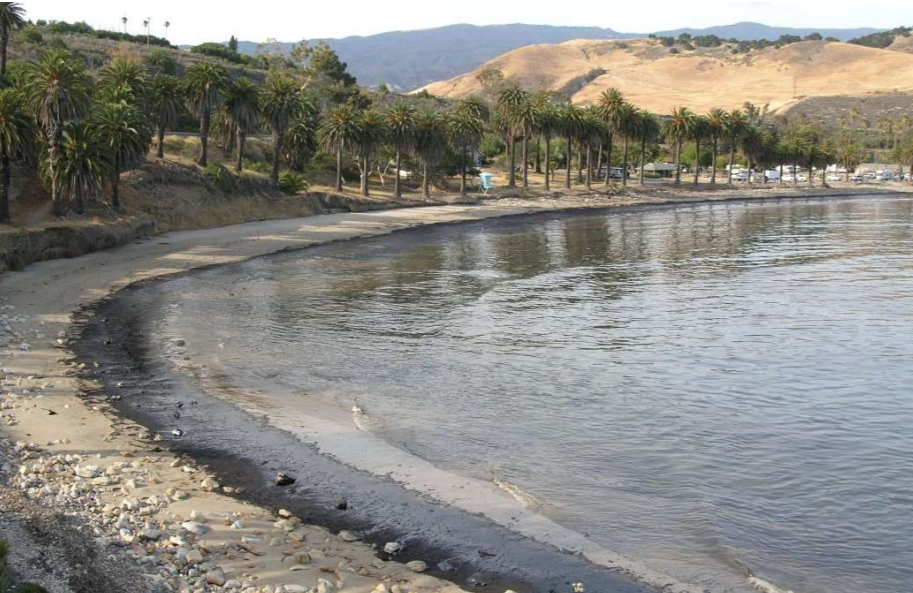New Publication on Toxicity of Refugio Beach Oil on Larval Fish and Invertebrates
SEPT. 13, 2021 — This week the Assessment and Restoration Division’s Dr. Bryand Duke was published as part of a team of scientists in the Journal of Environmental Toxicology and Chemistry. Their research examined the impacts of Monterey crude oil during the 2015 Refugio Beach spill (Santa Barbara County, California).

This onshore pipeline spill occurred during the spring and entered the surfzone near Refugio State Beach. During this time of the year larval stages of many marine fish and invertebrates were present.
Larvae, or early life stage, marine organisms are especially vulnerable to the toxic effects of oil. Therefore, understanding the impacts of Monterey crude oil on these sensitive native species was extremely important. Dr. Bryand Duke and the team used a high energy water accommodated fraction (HEWAF) of crude oil in laboratory bioassays to expose larval sand crabs, blue mussels, and inland silversides (fish). A HEWAF was used to mimic the high energy surfzone at the Refugio Beach spill site. Field porewater and invertebrate tissue samples were also collected and analyzed.
They found that the inclusion of laboratory bioassays, surf zone water, and intertidal beach porewater chemistry provided valuable data which aided in strengthening their natural resource damage assessment (NRDA).
The article “Toxicity of Refugio Beach Oil to Sand Crabs (Emerita analoga), Blue Mussels (Mytilus sp.), and Inland Silversides (Menidia beryllina)” can be viewed in its entirety on the Journal of Environmental Toxicology and Chemistry website.
Please reach out to Bryand.Duke@noaa.gov with any questions.
